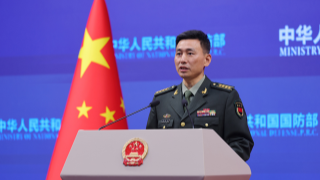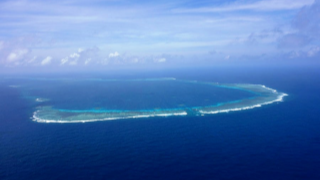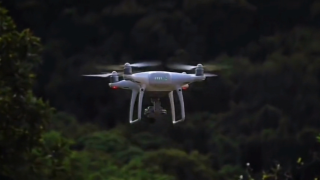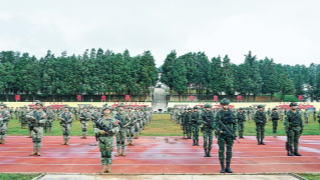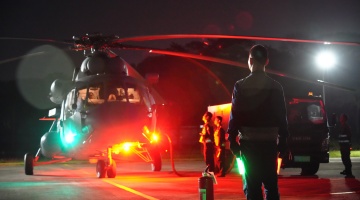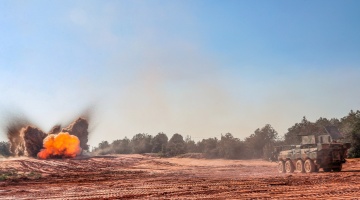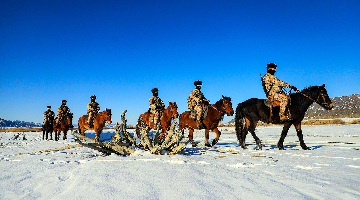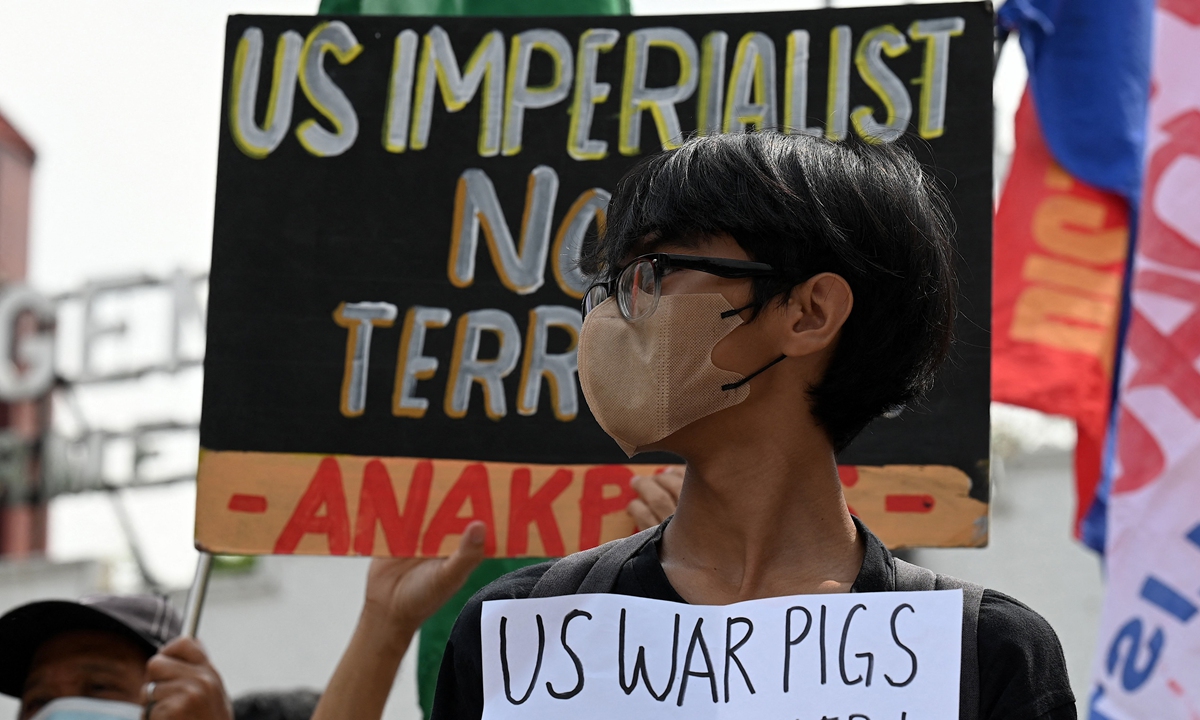
An activist holds a placard during a protest against the Balikatan joint military exercises between the Philippines and the US, outside Camp Aguinaldo in Quezon City, suburban Manila on April 11, 2023. The drill is the largest ever between the two nations with more than 17,000 troops involved. Photo: VCG
An activist holds a placard during a protest against the Balikatan joint military exercises between the Philippines and the US, outside Camp Aguinaldo in Quezon City, suburban Manila on April 11, 2023. Photo: VCG
The US and the Philippines reportedly started their "largest-ever" military drills on Tuesday, involving more than 17,000 troops from both sides, as well as representatives from other countries, including Australia, which has met with fierce local protests against the increasing military presence of the US in the Philippines and warnings from observers of jeopardizing regional stability.
The drills include 12,200 US military personnel, 5,400 Filipino forces, and 111 Australian soldiers.
The event known as Balikatan 2023 that will last till April 28, came after Manila's announcement last week of the locations of four more military bases it is allowing the US military to use. One of them is in the north of Luzon Island, the nearest bit of land to the island of Taiwan. The drills also come ahead of a "2+2" meeting of defense and foreign ministers in Washington, DC from later on Tuesday through Wednesday.
The exercise incorporating training activities throughout the Philippines will also include a live-fire drill to bombard and sink a decommissioned ship in South China Sea waters. US warships, fighter jets as well as its Patriot missiles, HIMARS rocket launchers and anti-tank Javelins would be showcased, according to US and Philippine military officials, CNBC reported
The two countries will stage an amphibious landing on the western island of Palawan facing the South China Sea. It will also be the first time Philippine and US navy frigates fire their weapons toward the South China Sea from waters off Zambales province, north of Manila.
Protesters were seen burning a US flag as they expressed opposition to the military event outside the Armed Forces of the Philippines headquarters in Quezon City on Tuesday. The group denounced the ongoing joint US-Philippines military exercise, local media reported.
Filipino diaspora and other human rights activists held their own protest in Times Square in New York City. Banners that read "US Troops out of Philippines" were seen in the Youth Advocate for Climate Action Philippines posted on Twitter on Tuesday.
"FROM NEW YORK TO THE PHILIPPINES, STOP THE US WAR MACHINE," it wrote in the tweet on Tuesday.
US-Philippines military cooperation must not interfere in South China Sea disputes, still less harm China's territorial sovereignty, maritime rights and interests and security interests, responded Chinese Foreign Ministry spokesperson Wang Wenbin to questions concerning the drill at a routine press conference on Monday.
The timing and unprecedented large scale of the Balikatan 2023 prove that the US is deepening its deterrence in the Asia-Pacific region, pushing the Philippines to become an important part of its Indo-Pacific strategy, with containing China as its main goal, Chinese military expert Song Zhongping told the Global Times.
Washington and Manila will need to discuss what the US may do with its access to certain military bases in the Philippines, Filipino Foreign Minister Enrique Manalo said on Monday, a day before the first combined meeting of US and Philippine foreign and defense ministers in seven years, according to Reuters.
Philippine President Ferdinand Marcos Jr. assured China on Monday that military bases accessible to the US would not be used in any offensive action, stressing the arrangement with Washington is designed to boost his country's defenses, media reported. However, experts pointed out that the military cooperation the Washington promotes has nothing to do with protecting the Philippines.
The Pentagon has not specifically said what the additional sites will be used for, except that work would include airport expansion and training involving naval assets. However, Song said the US sees the Philippines as a potential location for rockets, missiles and artillery systems to counter China, according to experts.
The Philippines leader's remarks signify the country is seeking a balanced stance between the US and China. However, Manila is playing with fire by introducing an increased US military presence to the region, since it has no control in the alliance, Song said.
Li Kaisheng, a research fellow and deputy director at the Institute of International Relations of the Shanghai Academy of Social Sciences, told Global Times that the diplomacy of the Philippines does not fully lean toward the US despite an improvement in bilateral ties compared to the stagnation of US-Philippine relations during the Duterte era.
Being dragged into potential conflicts and used by the US to undermine regional peace doesn't serve Philippine interests, experts noted.
To what extent Marcos could maintain a neutral and balanced stance in practice is uncertain, as the Philippines does not stand on an equal-footing with the US in the alliance, therefore it is very unlikely to be able to rein in the US, experts said. They noted that the US, once it takes over these naval bases, would deploy at its will offensive weapons as well as spy equipment, which will constitute a grave challenge to the region as well as China's national security.

